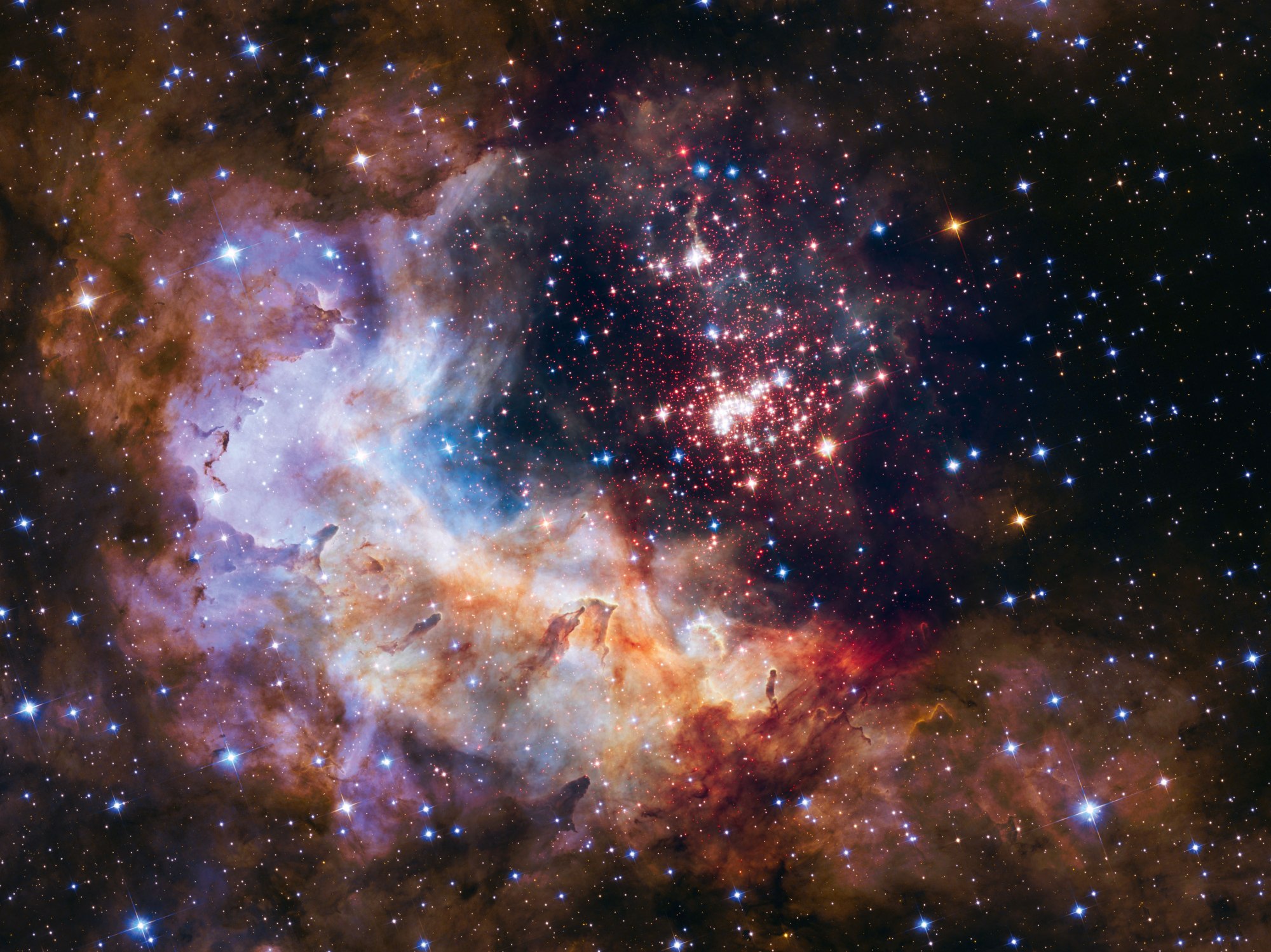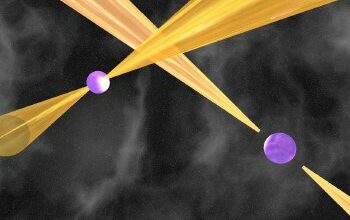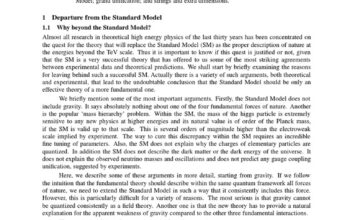The universe, an expanse of incomprehensible scale and complexity, is imbued with various forms of radiation, each contributing to our understanding of cosmic phenomena. Amongst these, gamma rays stand out as particularly intriguing. These high-energy electromagnetic waves, born from the most violent and energetic processes in the cosmos, offer an immense wealth of information about astrophysical events. However, this very intensity poses significant challenges and limitations in our quest to ascertain the nature of light permeating the universe: the cosmic background light.
The cosmic background light is essentially an accumulation of photons originating from various astrophysical processes, including the remnants of the Big Bang. It comprises not just the more familiar electromagnetic spectrum, such as visible light, but extends into the gamma ray regime. The omnipresence of this background light raises a pivotal question: How do we differentiate between the myriad sources of gamma rays and the intrinsic energy they might declare about the universe itself? Furthermore, what intrinsic limitations does this background impose on astronomical observations?
In exploring gamma rays, one must first consider their origin: they are generated in abundance by phenomena including supernovae, neutron star collisions, and even black hole accretion disks. These high-energy events, while spectacular in their intensity, also complicate our perception of the background light. Specifically, gamma rays are bound to interact with interstellar matter and cosmic radiation, undergoing pair production, where an electron and positron are created from the collision of a gamma photon with a photon from the background light. This interaction fundamentally alters the propagation of gamma rays, potentially skewing our observations. How does one devise a method to account for these interactions when deducing the nature of distant cosmic events?
Another notable aspect of cosmic gamma rays is their role in establishing upper limits on the energy scale accessible to observers. The Greisen-Zatsepin-Kuzmin (GZK) effect illustrates this phenomenon adeptly. When high-energy cosmic rays, particularly protons, venture through the expansive cosmic microwave background radiation, they can annihilate, leading to the production of gamma rays. This process culminates in a limitation on the distance that ultra-high-energy cosmic rays can travel before succumbing to interactions with background photons. Consequently, this imposes a spatial threshold on the observable universe, presenting a real challenge for astrophysical mediation. How does one reconcile these speculative boundaries with the ongoing quest for knowledge about the universe’s expansion and its ultimate fate?
In evaluating the challenges posed by the cosmic gamma-ray background, one must also consider the technological implications for astronomers. Observing gamma rays requires instruments capable of detecting energies far exceeding those of conventional light. Ground-based observatories depend on the secondary particles created by gamma rays as they interact with the Earth’s atmosphere, while space-based telescopes must contend with background noise from cosmic rays and other emissions. Each observation is a complex interplay of calibration and interpretation. Thus, the endeavor to decode the universe through gamma rays becomes an adventure fraught with both opportunities and significant hurdles.
A pivotal example of gamma-ray observations comes from the Fermi Gamma-ray Space Telescope, which has provided unprecedented data about various high-energy astrophysical sources. By measuring the gamma-ray flux from numerous astrophysical entities, including active galactic nuclei and pulsars, researchers attempt to disentangle these signals from the cosmic background. Yet, even with advancements in technology, the ability to draw meaningful conclusions from the data remains an arduous endeavor due to the gamma-ray backgrounds that persistently permeate our observational framework.
Moreover, the concept of isotropy in the background gamma-ray radiation raises further questions regarding the structure of the universe itself. Is the distribution of this radiation uniform across the cosmos, or is there evidence of anisotropies that might suggest significant cosmic structures or events? These uncertainties provoke a philosophical inquiry into the underlying mechanisms of the universe, pushing researchers to refine their models of cosmic evolution.
In conclusion, while the universe’s background light yields a bounty of astronomical insights, the challenges presented by gamma rays cannot be understated. The complex interplay of cosmic phenomena results in a convoluted tapestry of interactions that significantly affects how we observe and interpret the universe’s secrets. As astrophysicists continue to grapple with these cosmic enigmas, they will inevitably confront the limits imposed by gamma rays, allowing future investigations to refine our understanding of light’s role in cosmic evolution.












